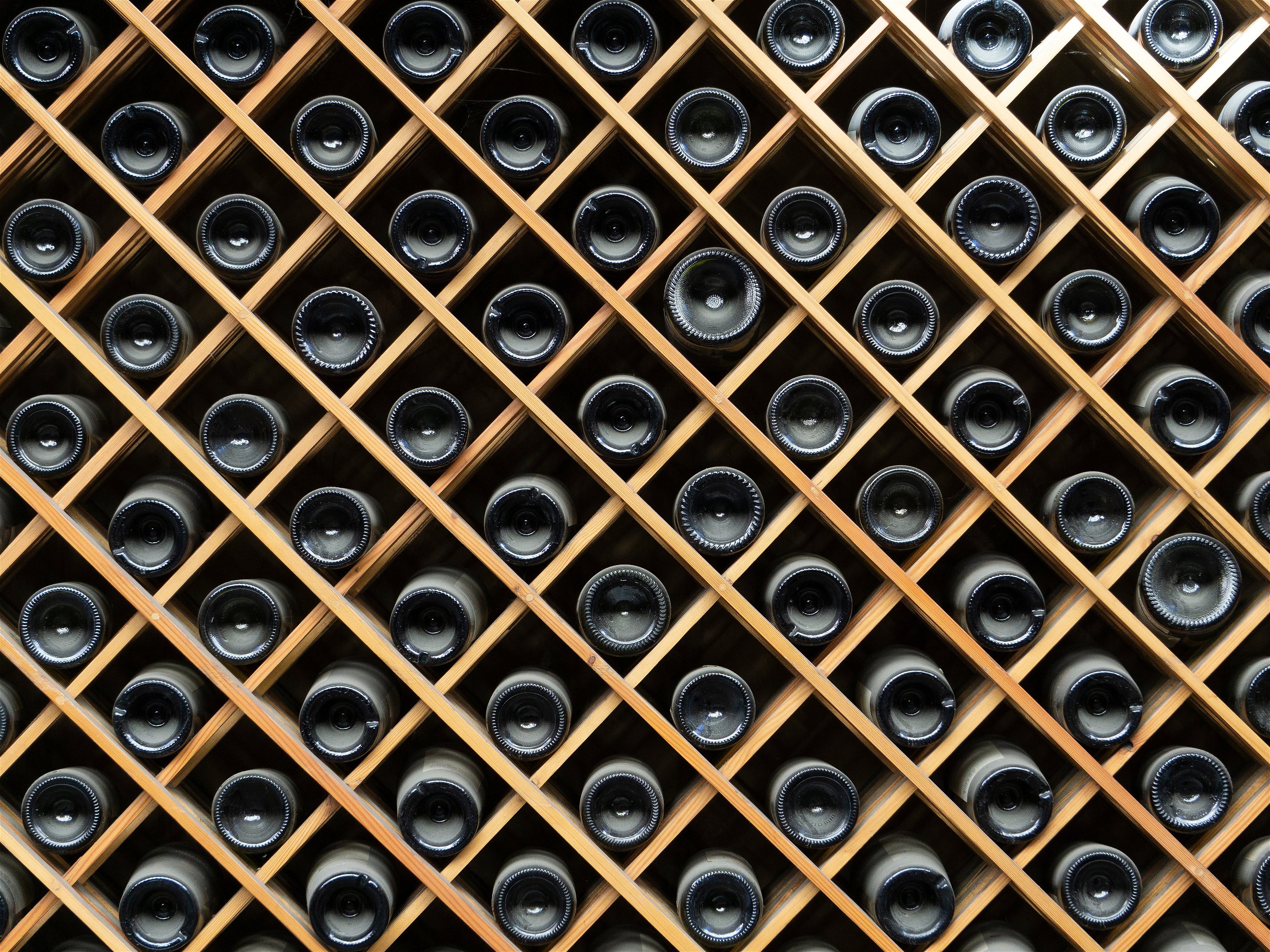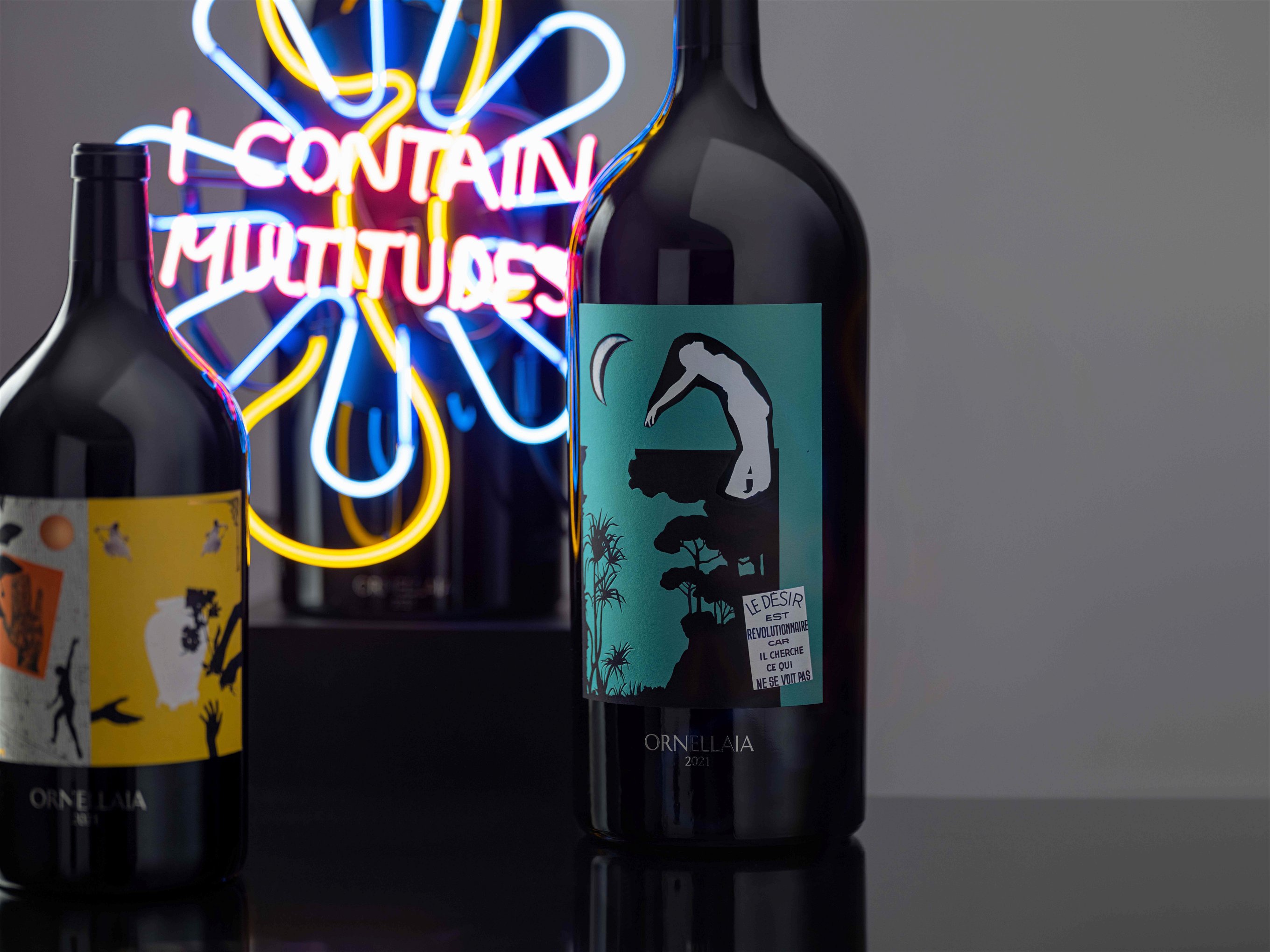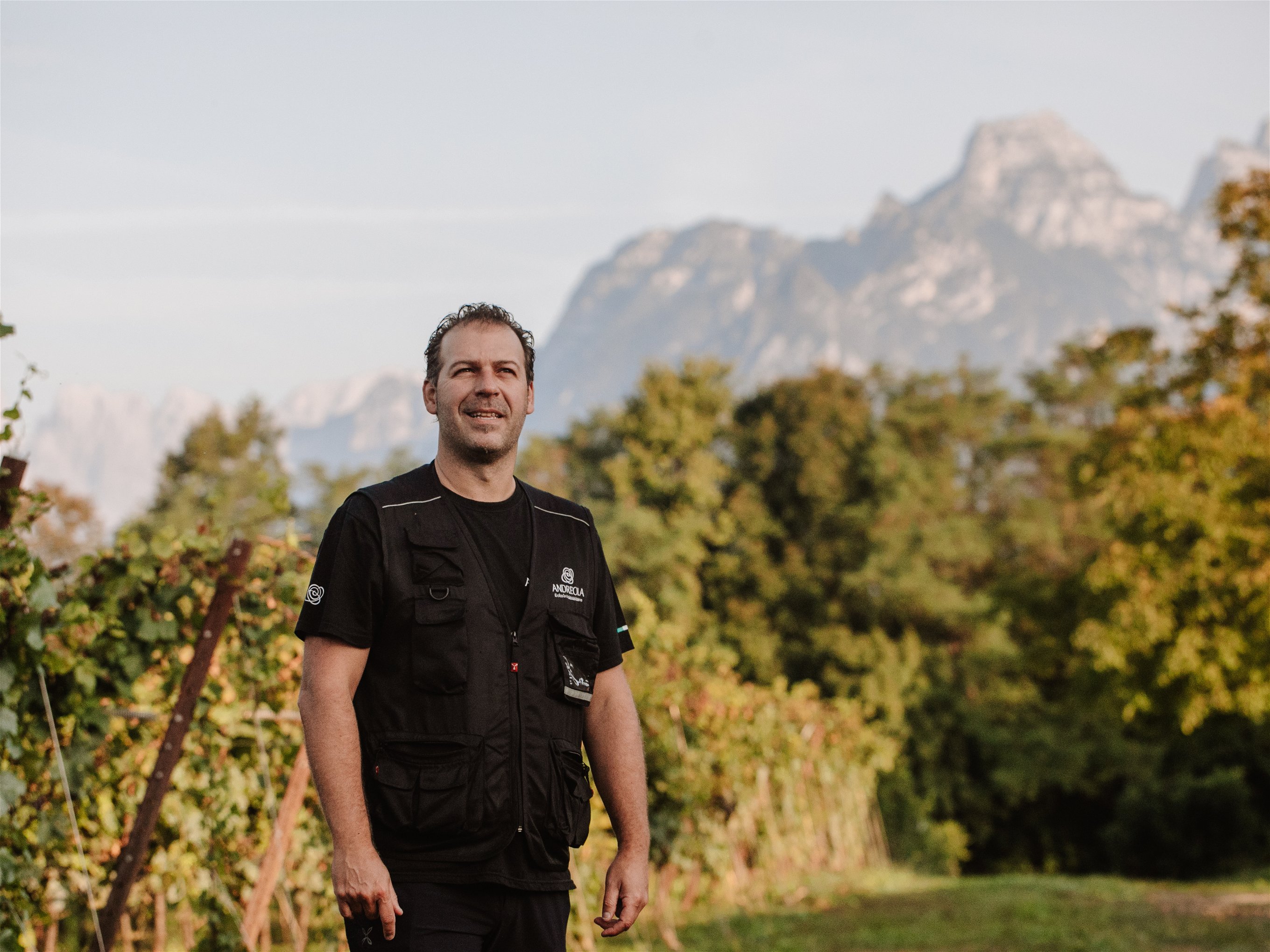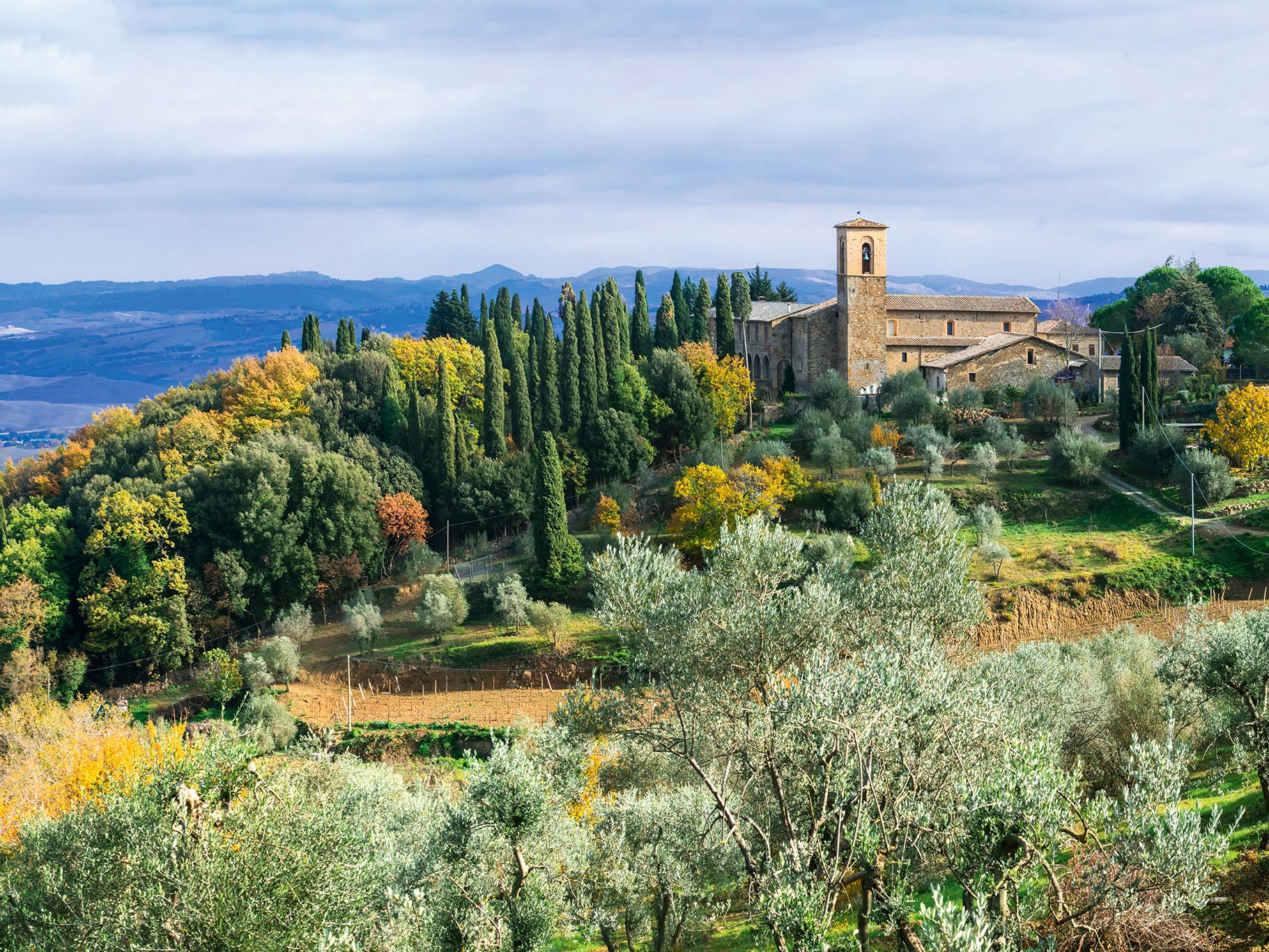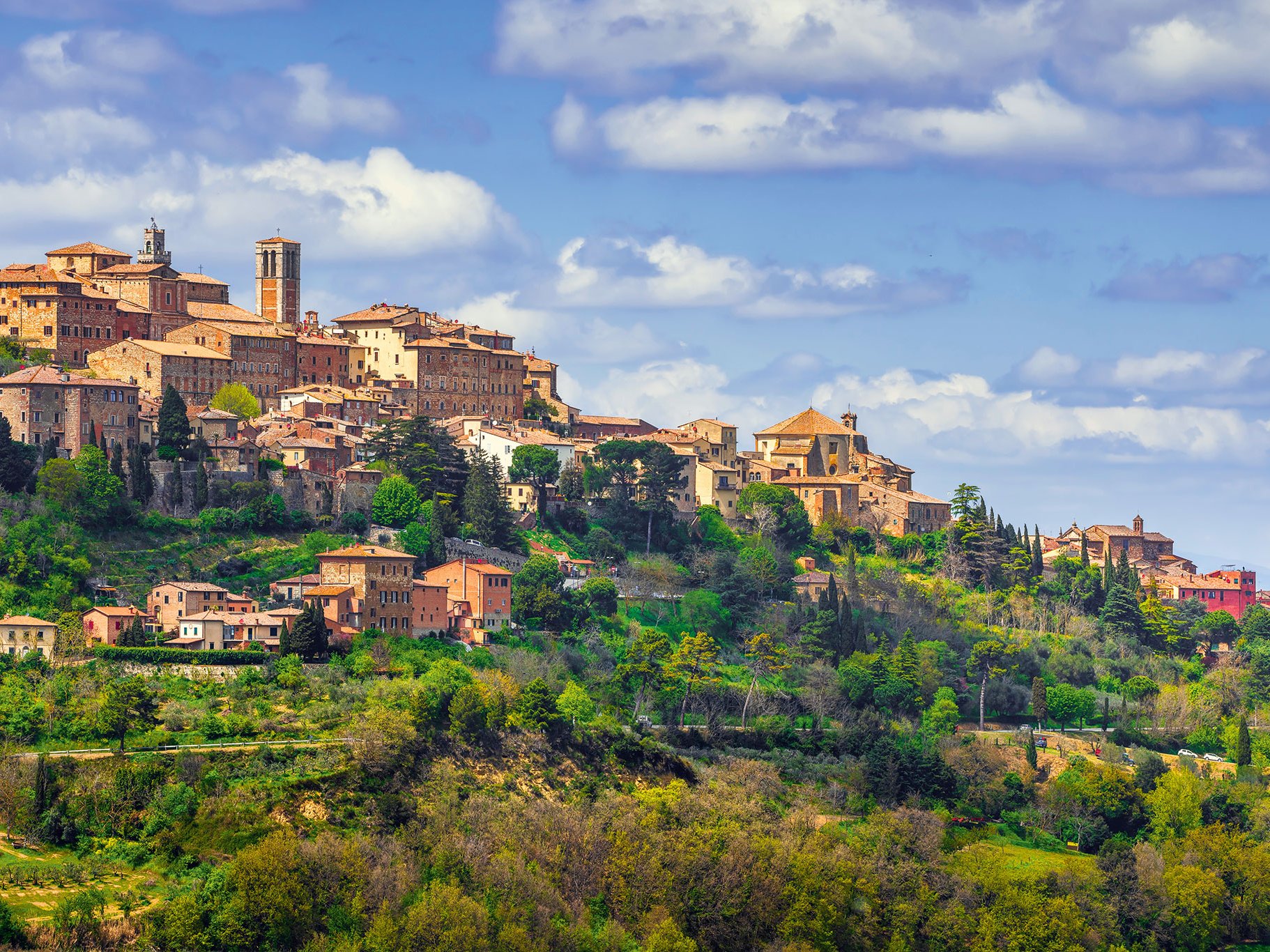Mendoza is the pulse or engine of Argentina's viticulture. With about 170,000 hectares of vineyards, it occupies over 70% of Argentina's total vineyard area of about 225,000 hectares. Wine has been cultivated here for over 500 years; as early as the 16th century, Spanish priests and emigrants imported vines to Argentina. However, the great boom in the region did not begin until the construction of the railroad line from Buenos Aires to Mendoza at the end of the 19th century.
In the 1960s, 70s and 80s viticulture at the foot of the Andes stalled somewhat due to the political situation in the country. Since the end of the 20th century however, Mendoza has been on a steep rise, mainly because of its very quality-oriented wine production. Mendoza is a high plateau, situated at about 900 meters above sea level, with a sandy, dry soil and a warm steppe climate with little rain. Without irrigation, viticulture would not be possible here; however, the high snow-covered mountains of the Andes provide sufficient water.
In the past, similarly to Chile, the vineyards were simply flooded, but with the modernisation of the wineries, computer-controlled drip irrigation is increasingly utilised.
In the search for vineyards that are as cool as possible, more and more wineries are planting parcels at higher elevations. Bodegas Catena Zapata was the first winery with vineyards at an altitude of about 1400 meters above sea level, but now there are parcels at an altitude of 2300 meters.
An international range of grape varieties is cultivated, among which the old Bordeaux variety Malbec is the absolute superstar. With Torrontés, however, a fresh, fruity white wine is also grown here as an Argentine speciality, since it is not identical to the Spanish variety of the same name.



